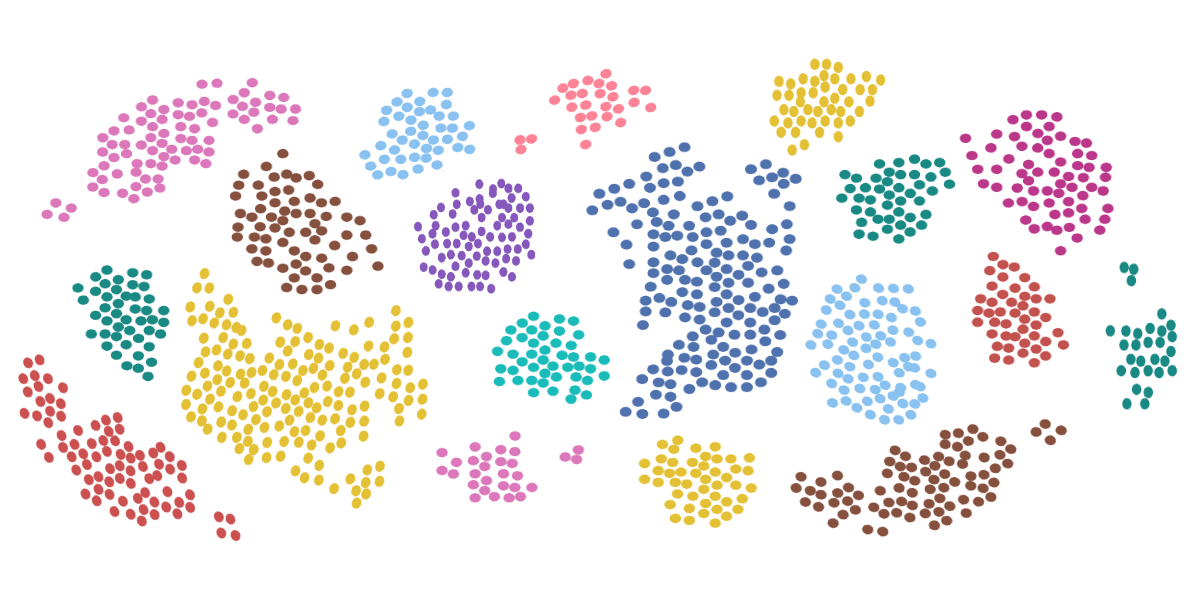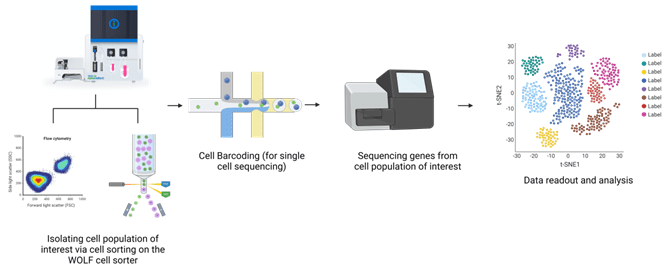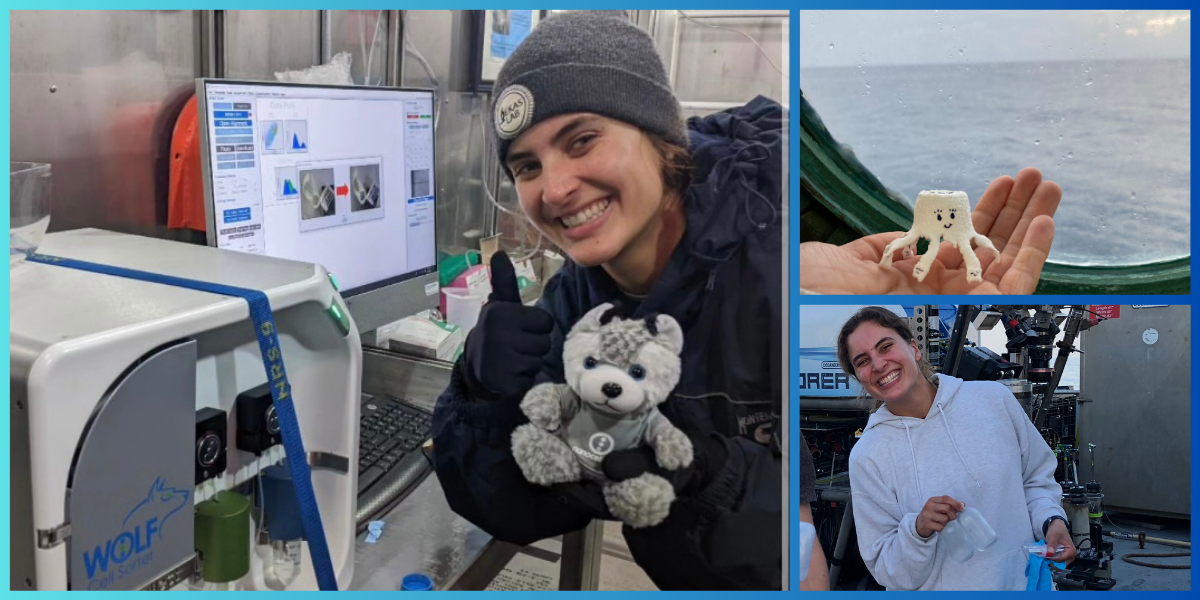Benefits of Cell Sorting for
10x Genomics Workflow

Single cell RNA sequencing is a powerful technique that provides important biological insights. It is used across many different areas of biology research to identify cellular changes in response to infection, characterize cancer tumors, trace cell maturation lineages, develop cell and gene therapies, and aid in cell line development, among many other applications.
Since next-generation sequencing platforms were first developed in 2005, several new methods have emerged over the years for single cell sequencing. One process that is widely used to prepare cells for single cell sequencing was developed by 10x Genomics via a system that partitions cells of interest and attaches oligonucleotide barcodes, allowing all sequenced genetic material to be traced back to each cell of origin. This enables researchers to gain a transcriptional picture of a tissue sample at single cell resolution.
How to Improve the Quality of Data from Single Cell Sequencing
Due to the significant investment of time and money necessary to get sequencing data and the precious nature of biological samples, it is important to optimize the viability of the cell sample before sequencing to generate the best quality data possible. The WOLF G2® Cell Sorter is an ideal tool for improving sample quality because it is a gentle, low pressure cell sorter that maintains the viability of cells post-sort. Using the WOLF system, the user can isolate a high-quality and specific target cell population for sequencing, maximizing the value of sequencing workflows.

Previous NanoCellect application notes have demonstrated that the WOLF Cell Sorter consistently improves the quality of sequencing data from the 10x Genomics workflow when compared to samples that were not sorted. When viable cells were isolated using the WOLF, the separation of different cell populations was clearer, and the quality and number of genes detected were greater than the sample that did not undergo sorting prior to the 10x workflow. This method is so valuable that the WOLF is featured on their website as an approved platform upstream of the Chromium.

A higher amount of UMIs per cell and more distinct cell populations were identified in the WOLF sorted sample.
Application of the WOLF® Cell Sorter in Genomics Research Studies
In one study, researchers at the University of Washington Seattle used nanovials from Partillion Biosciences to encapsulate individual B cells and each cell’s secreted immunoglobulin proteins. This was done with the goals of quantifying the amount of secreted protein and getting a sequencing readout to correlate gene expression with protein secretion in B cells. Using the WOLF Cell Sorter, they enriched their sample for nanovials that contained viable cells prior to continuing with 10x Genomics sequencing. This allowed the researchers to improve the quality and significance of the final sequencing readout.

Cheng, R.YH., de Rutte, J., Ito, C.E.K. et al. SEC-seq: association of molecular signatures with antibody secretion in thousands of single human plasma cells. Nature Communications 14, 3567 (2023). https://doi.org/10.1038/s41467-023-39367-8
This study highlights emerging workflows that capture both genomic and proteomic information about cells, and how the WOLF fits seamlessly. Not only does cell sorting prior to genomics sequencing improve the readout of data, it can also significantly reduce the costs of genomics sequencing. Selecting only the cells that the user is interested in sequencing allows reagents to be used much more efficiently, reducing the amount of cell input needed to get the desired data readout.
By harnessing the power of gentle cell sorting, it is possible to avoid sequencing dead or dying cells to make an experimental workflow more cost-efficient and gain the most accurate transcriptional picture of live cells in a sample.
———
Check out our Scientific Publications page to browse our collection of application notes, webinars, and technical notes that showcase the use of the WOLF and its accessories.
Have any questions? Get in touch with us at [email protected]!



